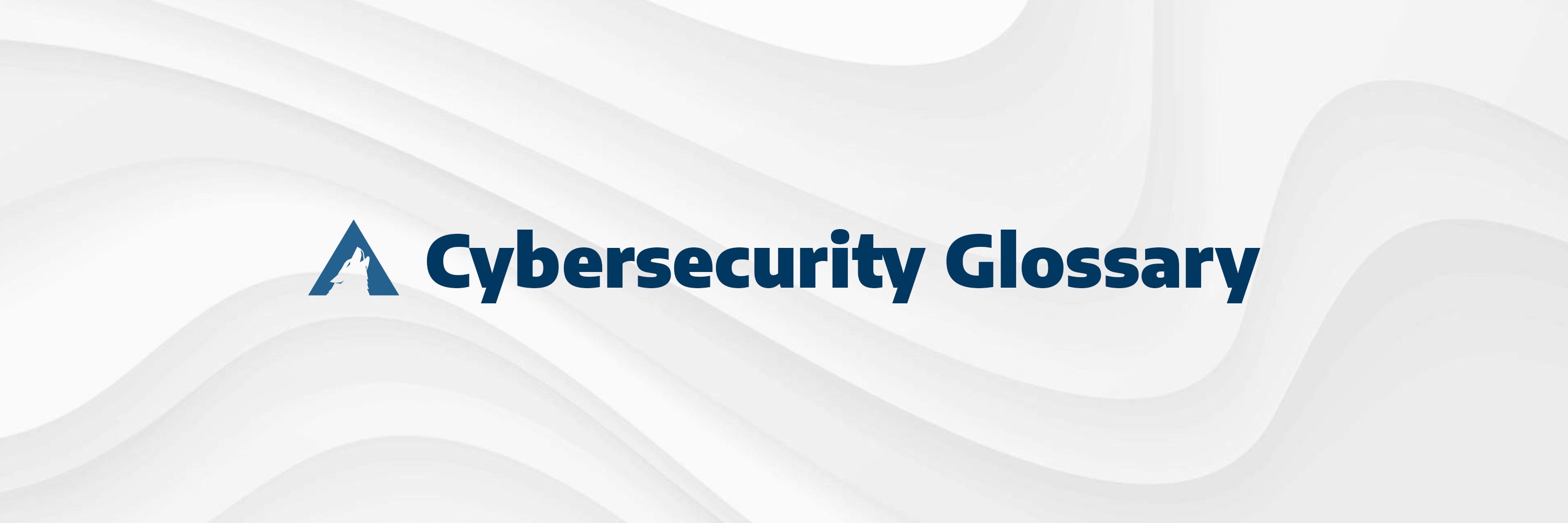What Is a CNAPP?
A cloud-native application protection platform (CNAPP) is a set of integrated tools designed to secure and protect cloud-native applications across development and production. A CNAPP protects an organization’s cloud infrastructure by pulling all of the cloud capabilities — such as cloud security posture management (CSPM), cloud workload protection platforms (CWPP), and infrastructure as code (IaC) security — into a single, all-in-one platform, so that an organization can secure their system across all stages of its cloud app operations.
As more and more business functions move into the cloud, the attack surface expands. CNAPP allows an organization to enmesh security holistically in every stage of the cloud development process. By integrating end-to-end cloud-native security into a system from the beginning stages of application development, a security team has all the more opportunity to identify and address potential gaps and exploits before they become a problem. That, in turn, helps an organization develop a more security-aware workplace culture, a vital element in reducing long-term security risks.
How Does CNAPP Work?
The specific tools involved with CNAPP may vary depending on an organization’s goals and size, but they commonly include cloud workload protection (CWPP), cloud infrastructure entitlement management (CIEM), cloud security posture management (CSPM), scanning for infrastructure as code (IaC), identity and access management (IAM), and other standard security processes. A CNAPP is more than simply a bundle of all of those tools; it’s an integrated system that approaches an organization’s cloud security as a whole rather than an assemblage of parts.
By bringing all of these functions together under a single umbrella and treating cloud security as a holistic process, a CNAPP can boost security and visibility across an entire application development cycle, including production, far more effectively than a patchwork of siloed solutions can. A unified system also simplifies adoption and implementation for technical teams such as IT, developers, engineers, and information security.
What Problems does CNAPP Solve?
Organizations across the globe are embracing the cloud for its speed and efficiency. However, moving to the cloud also increases an organization’s attack surface which, in turn, increases risk. As applications and infrastructure move to the cloud, organizations need solutions to help them better protect their cloud-native applications and address misconfigurations in their cloud infrastructure, from identities and permissions to APIs and the software supply chain itself.
By addressing security across the entire lifecycle of an application, a CNAPP allows a security team to improve cloud security and visibility, aid in compliance, as well as make fixes and adjustments more quickly.
CNAPP solutions fit take a holistic approach to cloud security by:
- Automatically checking for open databases, network ports, and other common cloud security misconfigurations
- Detecting abnormalities in workloads and runtimes, allowing teams to catch potential problems early
- Increasing visibility into all cloud management systems for easier review and report-generation
- Automatically scanning regular practices, services, and production environments to provide continuous coverage against errors and breaches
What are the Key Components of CNAPP?
As mentioned above, the individual components of a CNAPP system can vary for a number of reasons. However, there are several functions that are included in any well-planned CNAPP which are worthy of some deeper discussion.
● Cloud Security Posture Management (CSPM)
The main objective of a CSPM tool is to detect and prevent misconfigurations, improper security settings, and noncompliance with regulations and internal standards. A CSPM solution can not only send out alerts and notifications about potential issues to a security team, it can also provide guidance for how to address any security gaps that are identified.
● Infrastructure as Code Security (IaC)
IaC security helps protect cloud infrastructure and app configurations through regular scans in your continuous integration and continuous delivery (CI/CD) pipeline that can detect misconfigurations and identify vulnerabilities early in the application development life cycle.
● Cloud Infrastructure Entitlement Management (CIEM)
The main objective of a CSNS solution is to provide real-time protection for your cloud network’s infrastructure. That often incorporates tools such as DDoS load balancing, web application firewalls (WAF), and web application and API protection (WAAP), among others.
● Cloud Workload Protection Platform (CWPP)
The main objective of a CWPP is to provide continuous monitoring and removal of potential
security threats to cloud workloads. A CWPP provides protection from any location while also providing suggestions of security precautions and fixes.
What Are the Benefits of a CNAPP?
For most organizations, employing a CNAPP offers a number of compelling advantages over a more à la carte approach to security. While system-wide security is the greatest overall advantage of a CNAPP, some of the more specific benefits include:
- Reducing cloud misconfigurations that can be exploited in cyber attacks, data leaks, and other cybersecurity threats
- Providing deeper visibility into security-related data and application traffic, allowing security teams to react more quickly, using more accurate threat assessments and information
- Reducing the risk of human error and compliance violations by automating repetitive security tasks
- Providing easy scalability that ensures your cloud security system can grow and evolve along with your business and accommodate changes in workloads
- Consolidating multiple cloud security tools and functions, reducing complexity as well as the time and effort required to maintain them separately
- Identifying potential threats and misconfigurations before they require bug fixes or merge/pull requests, reducing bottlenecks in your development and DevOps processes
- Integrating seamlessly with DevOps processes and the development pipeline, making it easier to cultivate a more security-minded workplace culture
Why Invest in a CNAPP?
A comprehensive security system for cloud-native applications is an intelligent investment in an era of increasingly sophisticated cyberattacks. By reducing misconfigurations and removing silos from your security systems, your organization can not only reduce risk, but also reduce overhead, create deeper visibility, and improve efficiency for developers, DevOps, and DevSecOps teams. That adds up to a big boost to both your security efforts and your bottom line.
Learn how organizations can improve their cloud security through the five pillars of cloud security infrastructure. Discover the benefits of adding cloud security posture management (CSPM) to your Google Cloud Platform. See how cloud configurations can improve security in our on-demand webinar.


